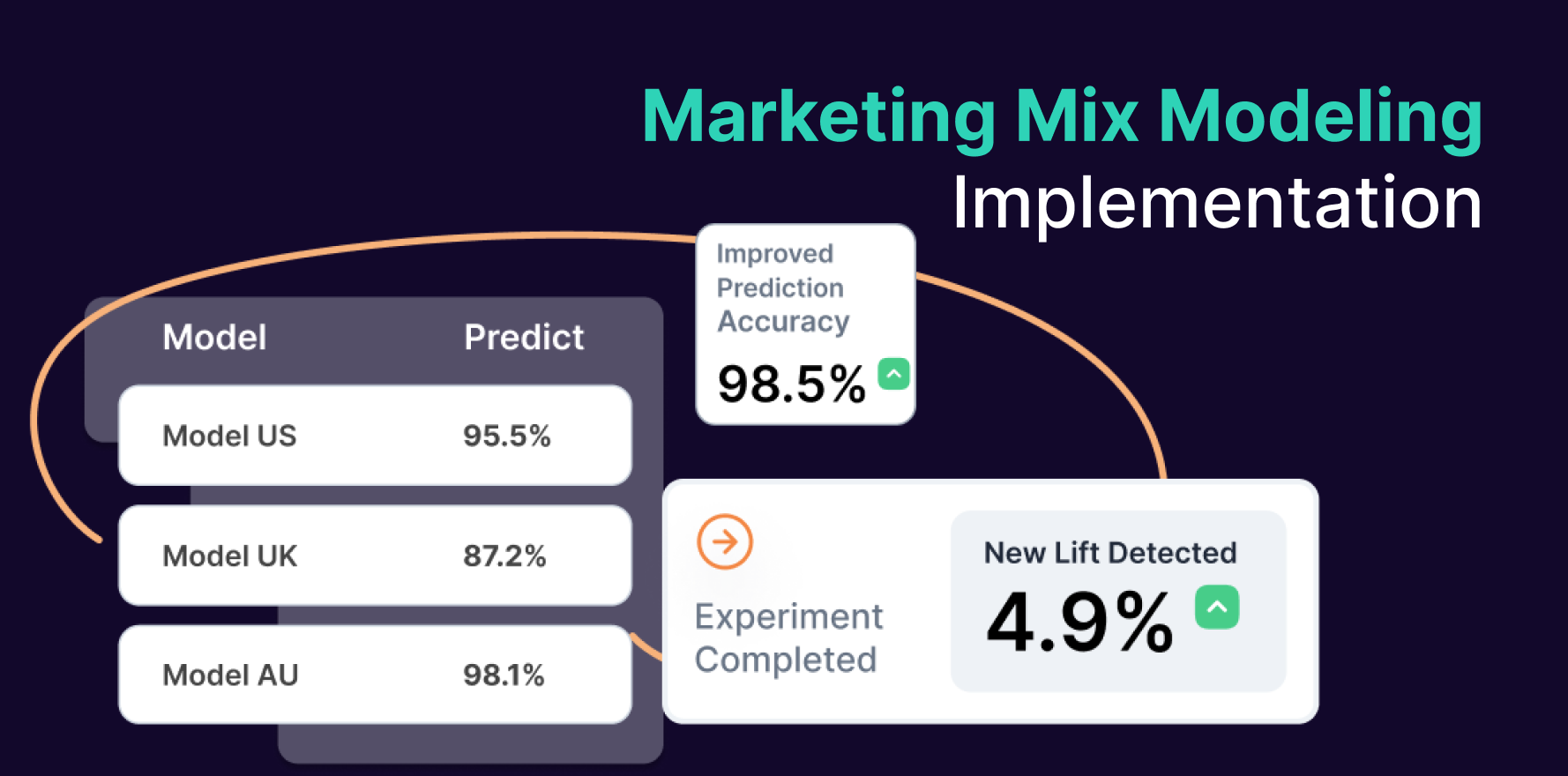Consumer behavior refers to the actions and decisions of individuals when purchasing goods and services. It encompasses everything from problem recognition to post-purchase behavior. By understanding these patterns, businesses can curate marketing strategies that will resonate with their target audience.
The Importance of Studying Consumer Behavior
Consumer behavior is a fascinating field of study that sheds light on the intricate decision-making process of individuals when they engage in purchasing goods and services. As such, it has become a critical aspect of the business world, providing valuable insights that enable businesses to remain competitive and ahead of the curve. In the words of the marketing guru, Philip Kotler, “The more you know about your customers, the more you can provide to them, and the more likely they are to return.”
It is no secret that businesses that have a deep understanding of their target audience can create effective marketing strategies that drive sales and foster brand loyalty. For instance, Netflix’s success in the movie streaming industry can be attributed to its ability to track and analyze its customers’ behavior patterns. By studying consumer behavior, Netflix can suggest movies and TV shows that align with customers’ interests, keeping them glued to the platform for hours on end.
Moreover, the benefits of studying consumer behavior extend beyond just identifying the needs and wants of a target audience. Businesses can create products and services that are tailored to the specific needs of their customers. This not only enhances customer satisfaction but also leads to the creation of a loyal customer base. For instance, Apple’s relentless focus on customer experience and design has earned them a loyal fan base that eagerly anticipates every product release.
In a highly competitive market, businesses that invest in understanding consumer behavior stand a better chance of achieving their goals. With this understanding, businesses can create innovative products and services that resonate with their customers and keep them coming back for more.
Factors Influencing Consumer Behavior
Several factors influence consumer behavior, including cultural, social, personal, and psychological factors. Cultural factors refer to the values, beliefs, and customs of a particular society. Social factors include family, friends, and other influential groups. Personal factors encompass age, gender, and income. Lastly, psychological factors include motivations, perceptions, attitudes, and learning.
Cultural factors play a significant role in shaping consumer behavior. For example, in some cultures, it is customary to give gifts during the holiday season, which can influence consumer behavior during this time of year. Social factors, such as peer pressure, can also have a significant impact on consumer behavior. For instance, teenagers may be more likely to purchase products that their friends are using.
Personal factors, such as age and income, also play a crucial role in consumer behavior. For example, older consumers may be more likely to purchase products that are designed for their age group, while younger consumers may be more interested in products that are considered trendy or fashionable.
Types of Consumer Behavior
There are four types of consumer behavior: complex buying behavior, dissonance-reducing buying behavior, habitual buying behavior, and variety-seeking buying behavior. Complex buying behavior occurs when consumers research extensively before making a purchase decision. In contrast, dissonance-reducing buying behavior occurs when consumers feel uneasy about a previous purchase decision and actively seek out information to alleviate their doubts. Habitual buying behavior occurs when consumers purchase products out of habit, while variety-seeking buying behavior occurs when consumers seek variety and new experiences.
Complex buying behavior is often seen in high-involvement purchases, such as buying a car or a house. Consumers may spend months researching different options and comparing prices before making a decision.
Dissonance-reducing buying behavior is common after making a significant purchase, such as a car or a home. Consumers may feel uneasy about their decision and seek out information to confirm that they made the right choice.
Habitual buying behavior is often seen in low-involvement purchases, such as buying groceries or household items. Consumers may purchase the same products repeatedly out of habit or convenience. Variety-seeking buying behavior is often seen in fashion and entertainment industries, where consumers are constantly seeking new and exciting experiences.
Understanding consumer behavior is critical for businesses looking to succeed in today’s competitive market. By identifying the factors that influence consumer behavior and the different types of consumer behavior, businesses can create effective marketing strategies that resonate with their target audience and build a loyal customer base.
The Consumer Decision-Making Process
Consumer behavior is a fascinating and complex subject that has been studied by marketers for decades. In today’s hyper-connected world, understanding the decision-making process of consumers has never been more critical. Every day, consumers are bombarded with a seemingly endless stream of marketing messages and product options. As a result, businesses must learn how to effectively market their products and services to stand out from the crowd.
The consumer decision-making process is a multi-stage process that involves a series of steps. According to research, there are five stages of the decision-making process that consumers go through when making a purchase. These stages are crucial for businesses to understand so that they can develop effective marketing strategies that align with consumers’ needs.
The first stage of the consumer decision-making process is problem recognition. Consumers recognize a need or want for a particular product or service, which could be triggered by a variety of factors, such as an advertisement, a change in personal circumstances, or the influence of others. Once consumers recognize a problem, they move to the next stage of the process, which is information search.
In the information search stage, consumers seek out information about the product or service they need. This information can be sourced from a variety of channels, such as friends, family, advertisements, or online reviews. In today’s digital age, consumers have access to a vast amount of information, which means that businesses need to ensure that their product or service is visible and easily searchable.
After gathering information, consumers move to the evaluation of alternatives stage, where they weigh up different options and evaluate the best one that meets their needs. This stage involves assessing the benefits and drawbacks of each option and determining the best value for money. Consumers will consider factors such as quality, price, and convenience when making their decision.
Once consumers have evaluated their options, they move to the purchase decision stage. Consumers will make a purchase decision based on their evaluation, which can be influenced by factors such as brand loyalty, price, or convenience. Businesses need to ensure that their product or service is readily available and easy to purchase to capitalize on this stage of the process.
Finally, consumers move to the post-purchase behavior stage, where they evaluate their decision and experience with the product or service. This evaluation can determine repeat purchases, long-term loyalty, or negative reviews. Businesses need to ensure that their customers are satisfied with their purchase and provide excellent customer service to encourage repeat business.
As a result, understanding the consumer decision-making process is crucial for businesses to develop effective marketing strategies and increase sales. By providing relevant and useful information, businesses can influence consumers’ decision-making and drive sales. In the words of marketing expert Philip Kotler, “Marketing is not the art of finding clever ways to dispose of what you make. It is the art of creating genuine customer value.” By understanding the consumer decision-making process, businesses can create genuine value for their customers and build long-term relationships.
Psychological Factors Affecting Consumer Behavior
Did you know that consumer behavior is not just about rational decision making? In fact, psychological factors play a major role in influencing the decisions consumers make when purchasing products or services. In this article, we will explore the key psychological factors that affect consumer behavior patterns, and how marketers can use this knowledge to create effective advertising campaigns.
Motivation is the driving force behind why consumers make certain purchases. It can be driven by a variety of factors, such as fulfilling a need, saving money, or achieving a certain goal. For example, a person may buy a new car to replace their old and unreliable vehicle, or they may purchase a new outfit to impress someone on a first date. By understanding what motivates their target audience, marketers can create targeted advertising campaigns that speak to their specific needs and desires.
Perception is another important factor that influences consumer behavior. It refers to how consumers interpret and understand information about a product or service. This can be influenced by past experiences, individual differences, and other factors such as culture and social norms. For instance, a consumer may perceive a luxury brand as being of higher quality than a less expensive brand, even if the products are similar in quality. By understanding how consumers perceive their brand, marketers can adjust their advertising strategy to effectively communicate their brand’s value proposition.
Learning is also an important factor that can impact consumer behavior. Consumers acquire knowledge about products and services through experience or observation. Marketers can influence consumer learning by providing relevant and useful information through various channels, such as advertising, social media, or in-store displays.
Beliefs and attitudes can shape consumer behavior as well. Consumers may hold certain beliefs about a product or service that influence their decision to purchase or not purchase. For example, a consumer may choose to buy organic products over conventional products because they believe that organic products are healthier and better for the environment. By creating positive attitudes and beliefs towards their products, marketers can influence consumer behavior and encourage brand loyalty.
Understanding the psychological factors that affect consumer behavior is crucial for marketers looking to create effective advertising campaigns. By tapping into consumer motivation, perception, learning, beliefs, and attitudes, marketers can create targeted messaging that resonates with their target audience, ultimately leading to increased sales and brand loyalty.
Conclusion
Consumer behavior is a complex field that is influenced by a variety of factors. By understanding the decision-making process and psychological drivers, businesses can craft marketing strategies that engage with their target audience’s needs, preferences, and behavior patterns. With targeted marketing, businesses can drive sales, foster brand loyalty, and achieve long-term success.
You may also like
Essential resources for your success
























































